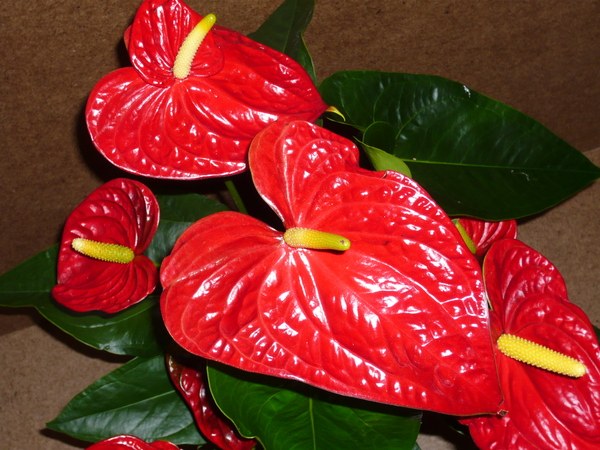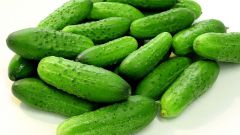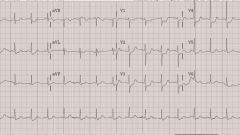You will need
- - insecticidal preparations;
- - the ground;
- - charcoal;
- - expanded clay;
- - EPIN.
Instruction
1
Inspect the plant. Yellowish-brown spots on leaves and stems, yellowing on the edges of leaves can be caused by fungal diseases. Leaves curl and wither and the stems appeared brown plaque is a sign of pests. Most often, Anthurium damaged by spider mites and aphids.
2
If the plant is infected with fungus, remove intact leaves and stems. Treat Anthurium 0,2%-solution fundazol or 0.1%-th – benlate. Treatment with these drugs should be no less than 3 times with an interval of 5-7 days.
3
If you find insects on the plant, remove the adults, are visible, individual. To do this, prepare a solution of soap (1 teaspoon of soap shavings in 0.5 liters of hot water), soak in it a cotton pad. Wipe the leaves of the plant.
4
Treat Anthurium 0,3%-th solution of Malathion or sodium aktellika – 1-2 ml per 1 liter of water. A day after insecticide treatment rinse of the drug. To do this, take a piece of plastic and cover them with earth com. Drench the plant from the shower water at a temperature of 20-23 C. after a week of treatment again.
5
If all taken measures do not help, remove the Anthurium from the pot. Shake the remnants of the soil. Rinse the roots in room temperature water. Remove the damaged, dry, or rotten, part of the root. Sprinkle the slices pounded charcoal. It is possible to replace activated charcoal purchased at a pharmacy.
6
Pot for planting and treat with a weak solution of potassium permanganate or rinse with hot water and soap. Pour the expanded clay on the bottom of the pot to create a drainage layer. Add on top of the special soil and plant Anthurium. Spray the transplanted plant a solution of Alpin.
Useful advice
To the Anthurium does not appear pests, weekly, rinse the leaves with water and remove dust from them.
For the successful cultivation of Anthurium put into the lighted area, so that it does not get direct sunlight.
Follow the soil moisture. Water the plant moderately, so that water does not accumulate in the pan, but the soil doesn't dry out.
For the successful cultivation of Anthurium put into the lighted area, so that it does not get direct sunlight.
Follow the soil moisture. Water the plant moderately, so that water does not accumulate in the pan, but the soil doesn't dry out.



